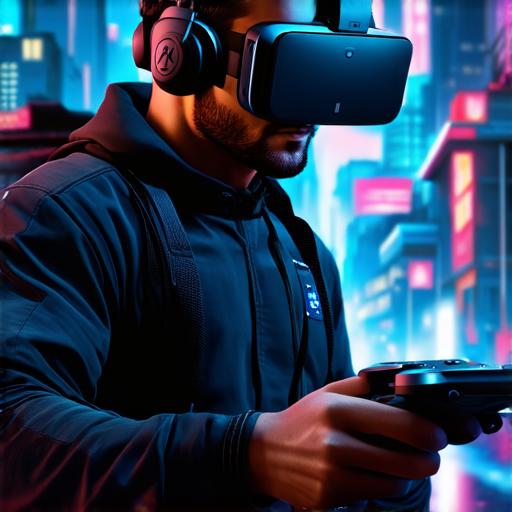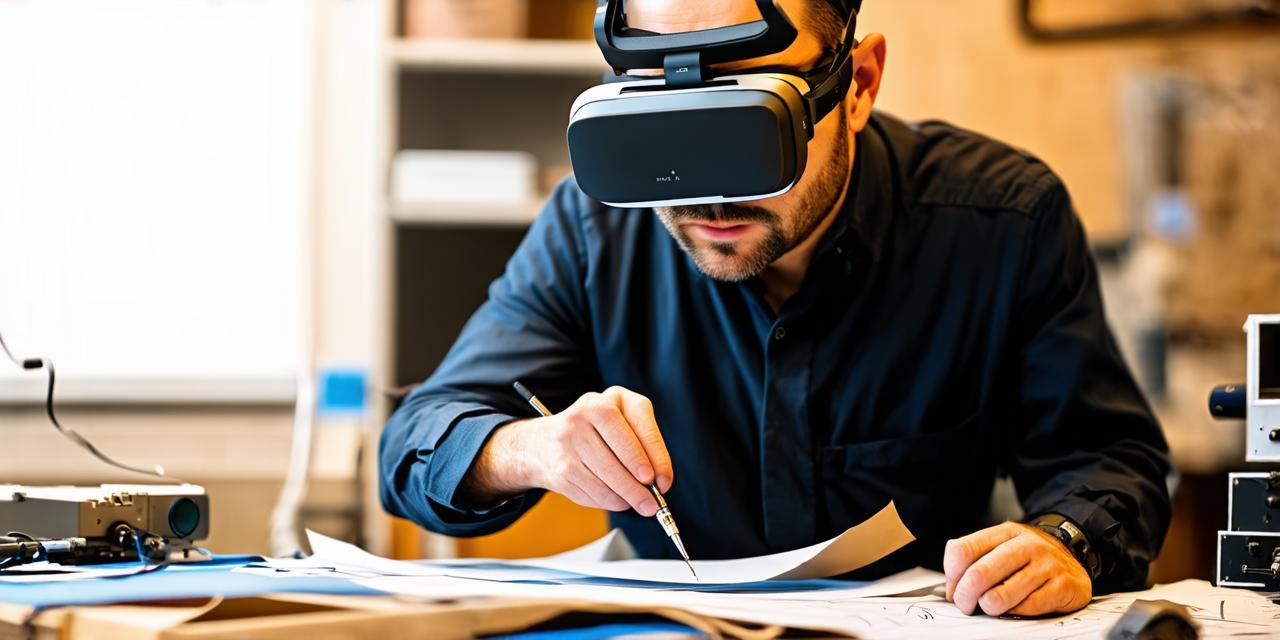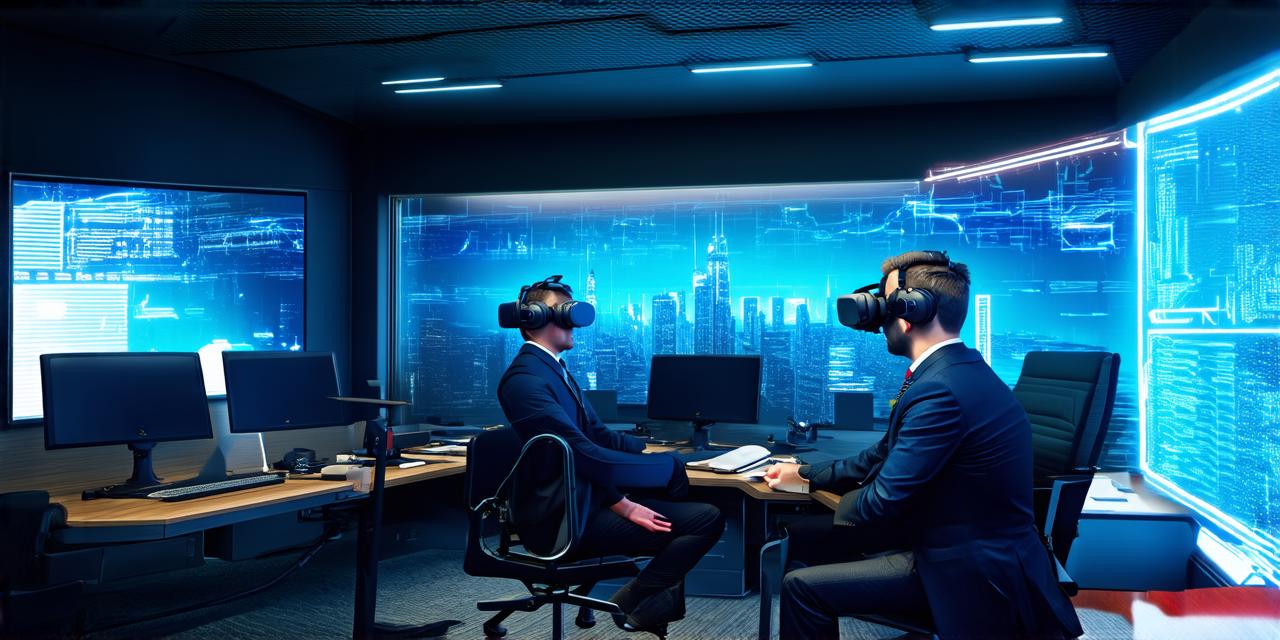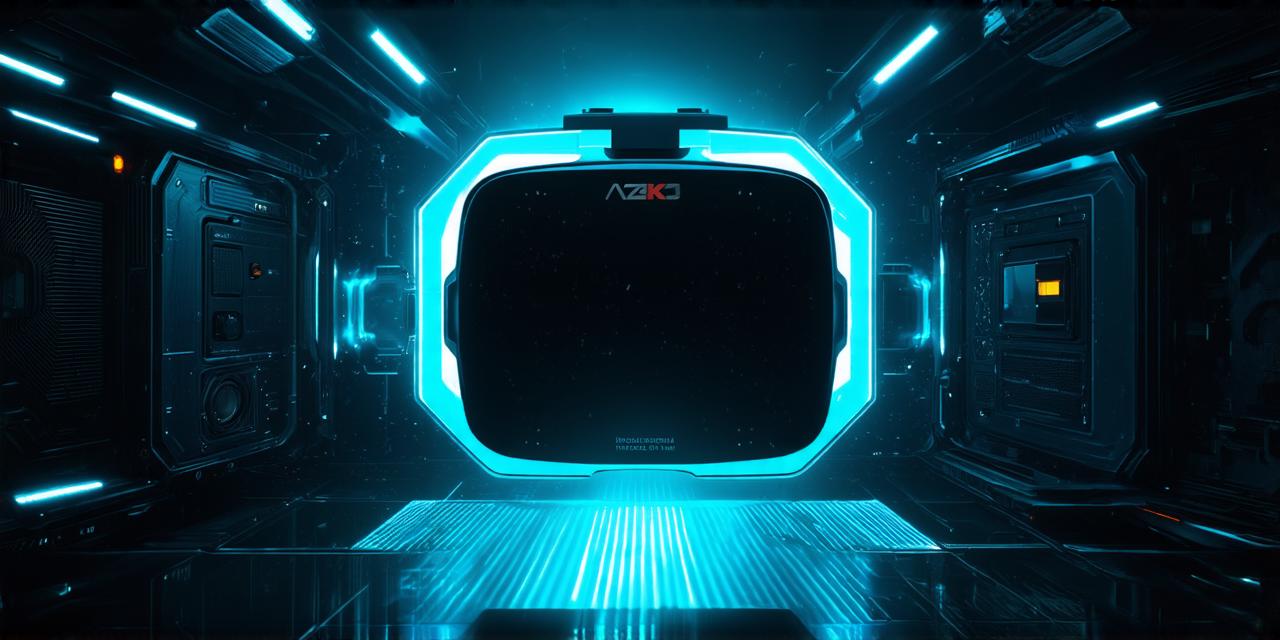Virtual reality (VR) technology has advanced significantly in recent years, allowing users to immerse themselves in a simulated environment. However, just like in the real world, there are different ways to move around in a VR environment. In this article, we’ll explore the typical methods used to navigate virtual environments.
1. Hand and Foot Tracking:
Hand and foot tracking is one of the most common ways to move around in a VR environment. This method uses sensors placed on the user’s hands and feet to track their movements, allowing them to walk, run, and perform other actions within the virtual world. The sensors can be either wired or wireless, and they typically provide accurate tracking of the user’s movements, making it easy for them to navigate the environment.
2. Hand Controllers:
Hand controllers are another popular method of movement in VR environments. These devices are worn on the hands and are equipped with sensors that track the user’s hand movements. With hand controllers, users can grab objects, point and shoot, and perform other actions within the virtual world. This method is particularly useful for games and interactive experiences where precise hand movements are required.
3. Eye Tracking:
Eye tracking is a newer technology that allows users to control their movements in VR environments using their eyes. With eye tracking, the system can detect where the user is looking and use that information to move the virtual character or object accordingly. This method can be particularly useful for individuals with mobility impairments or those who have difficulty using traditional controllers.
4. Voice Commands:

Voice commands are becoming increasingly popular in VR environments, allowing users to control their movements without having to physically interact with any devices. With voice commands, users can simply speak out loud to perform actions such as walking, running, and even flying. This method is particularly useful for individuals who have difficulty using traditional controllers or for those who prefer a more immersive experience.
5. Gestures:
Gesture-based movement in VR environments allows users to control their movements using simple hand gestures. With this method, the system can detect the user’s hand movements and use that information to move the virtual character or object accordingly. This method is particularly useful for casual gamers who prefer a more relaxed experience or for individuals with mobility impairments who find it difficult to use traditional controllers.
In conclusion, there are many different ways to move around in VR environments. Hand and foot tracking, hand controllers, eye tracking, voice commands, and gestures are all common methods used to navigate virtual environments. The choice of method will depend on the user’s preferences, abilities, and the type of experience they are looking for.



